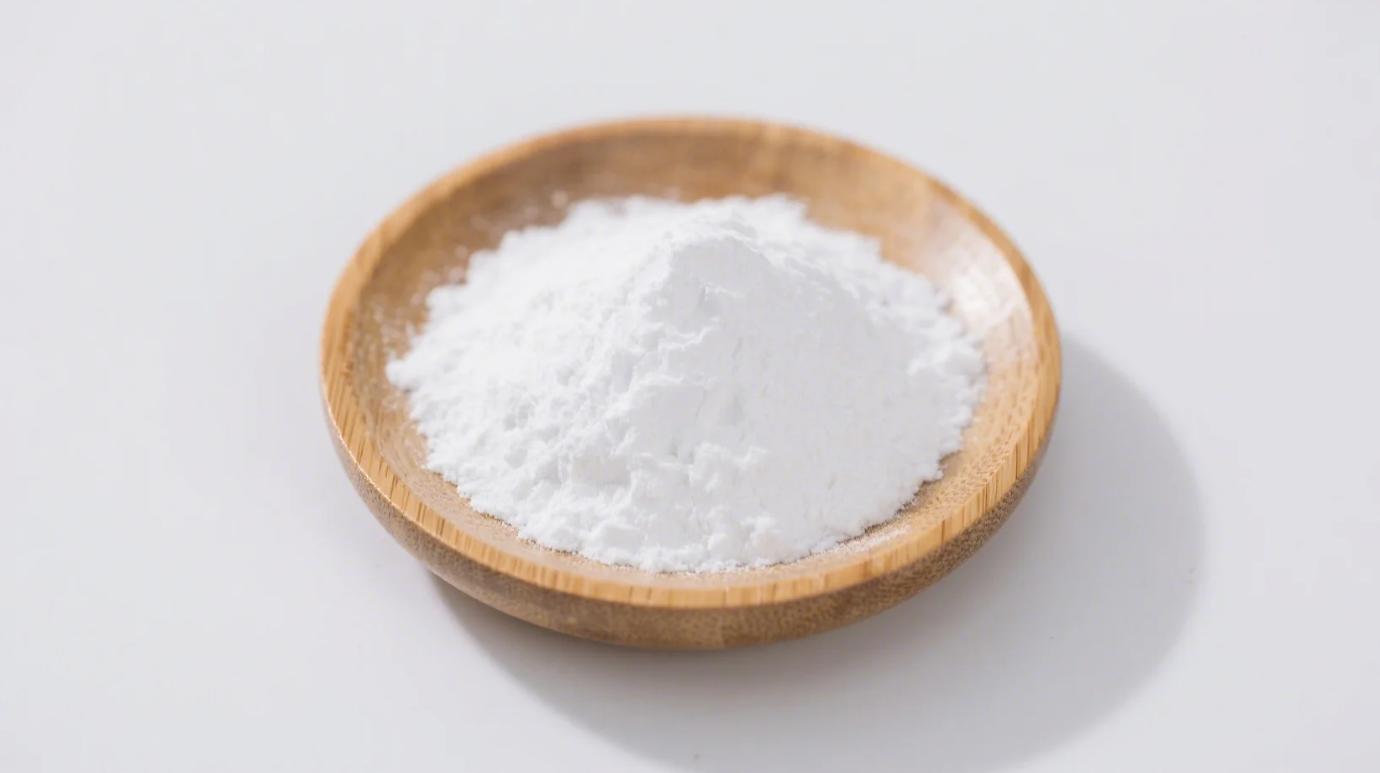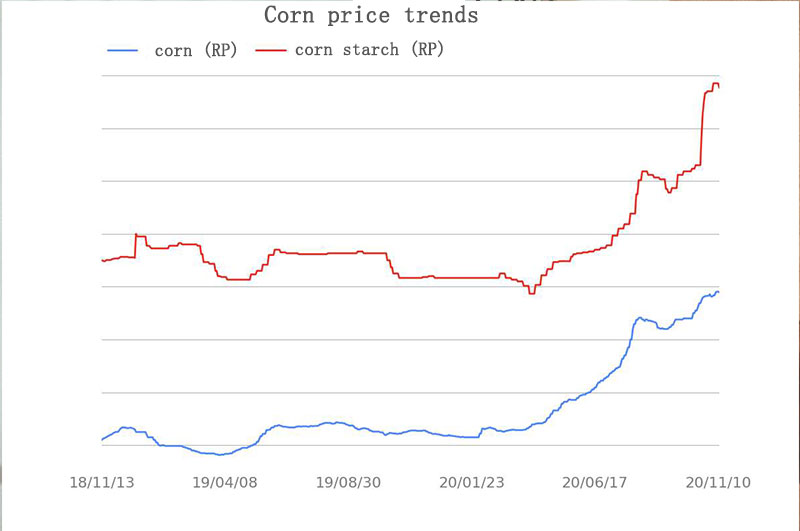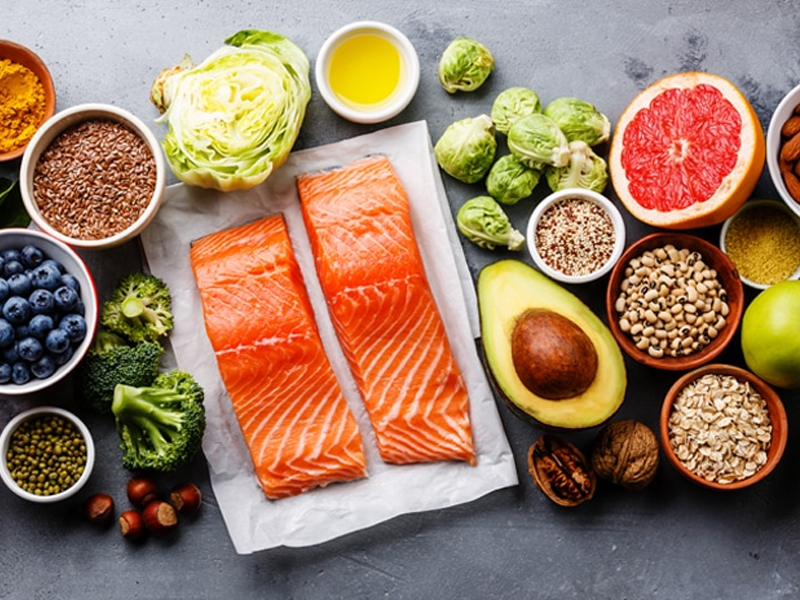In the quest for low-carb, diabetic-friendly alternatives, organic konjac flour has emerged as a superstar. Made from the root of the konjac plant (devil’s tongue), this gluten-free, calorie-free powder is a staple in shirataki noodles and keto baking. But does it spike insulin? Let’s dive into the science and uncover why organic konjac flour is a game-changer for blood sugar control.
The Konjac Flour-Insulin Connection
Konjac’s magic lies in glucomannan, a soluble fiber that makes up 90% of the flour. Here’s why it’s insulin’s best friend:
- Zero Digestible Carbs: Glucomannan bypasses digestion entirely—no glucose is released, so no insulin response.
- Delayed Glucose Absorption: Studies show glucomannan slows carb absorption in the gut, flattening blood sugar spikes from other foods.
- Satiety Without Sugar: Swelling in the stomach, it promotes fullness without triggering hunger hormones like ghrelin.
A 2020 meta-analysis confirmed konjac flour reduces fasting blood sugar by 12% in type 2 diabetics.
Organic Konjac Flour vs. Regular: Why Purity Matters
| Factor | Organic Konjac Flour | Regular Konjac Flour |
|---|---|---|
| Processing | No chemical bleaching or additives | Often treated with sulfur dioxide |
| Fiber Purity | 100% glucomannan (no fillers) | May contain cornstarch or wheat |
| Sustainability | Eco-friendly farming practices | May involve deforestation |
| Taste/Texture | Neutral, no chemical aftertaste | Bitter notes from processing agents |
3 Science-Backed Benefits Beyond Insulin Control
- Weight Management: Expands in the stomach, reducing calorie intake by 30% (per clinical trials).
- Gut Health: Feeds beneficial bacteria, easing constipation and IBS.
- Cholesterol Reduction: Binds to bile acids, lowering LDL (“bad” cholesterol) by 10–15%.
How to Use Organic Konjac Flour Safely
- Baking: Substitute 25% of wheat flour with konjac for low-carb breads or cakes.
- Thickening: Add ½ tsp to soups or sauces (it gels like cornstarch!).
- Noodle Hack: Mix with almond flour to upgrade homemade shirataki.
Caution:
- Always drink water with konjac to prevent choking (it expands 50x its weight!).
- Start with 1–3g daily to avoid bloating.
Who Should Avoid Konjac Flour?
- Esophageal Issues: Risk of blockage if swallowed dry.
- Medication Users: May delay drug absorption (take meds 2 hours apart).
- Low-Calorie Diets: Overuse can lead to nutrient deficiencies.
Why “Organic” Is Non-Negotiable
Non-organic konjac crops are often sprayed with chlorpyrifos (a neurotoxic pesticide). Certified organic konjac flour guarantees:
✅ No pesticides, GMOs, or synthetic additives
✅ Ethical harvesting (protects biodiversity in Southeast Asian forests)
✅ Uncompromised glucomannan potency
FAQs
Q: Can I use konjac flour on keto?
A: Yes! It’s zero-net-carb and aligns with ketogenic macros.
Q: Does cooking destroy its benefits?
A: No—glucomannan is heat-stable up to 400°F (204°C).
Q: How does it compare to psyllium husk?
A: Both are fiber-rich, but konjac has no carbs and better blood sugar control.
Q: Shelf life?
A: 2+ years in an airtight container.
Ready to Bake and Thrive Without the Spike?
Organic konjac flour isn’t just a trend—it’s your insulin-friendly secret weapon. From fluffy pancakes to guilt-free gravy, embrace the power of glucomannan and redefine what “healthy carbs” mean.
Sweet, savory, and sugar-free—your metabolic health starts here. ?✨
Organic konjac flour: Where ancient roots meet modern wellness, and every gram guards your glucose.
Related Products
Organic Konjac Flour
Multi-Functional Ingredients for Gut Health, Weight Management & Clean-Label Innovation
Organic Cornstarch
Premium Gluten-Free Thickener & Stabilizer for Food, Pharma & Industrial Applications



